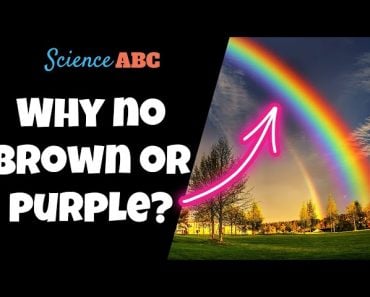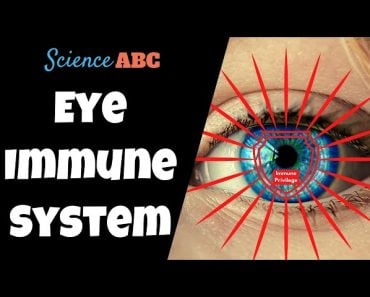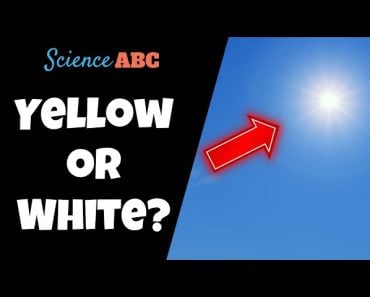Table of Contents (click to expand)
Sunglasses protect your eyes from the sun’s harmful rays. They have different tints that reduce the amount of blue light, glare, and UV rays that reach your eyes. They also have polarized filters, scratch-resistant coatings, and anti-reflective coatings.
Sunglasses make you look cool and are one of few fashion statements that never go out of style, but have you ever wondered about the excellent work they do of protecting your eyes? We know that being exposed to a bright source of light can lead to certain eye problems, but what if you had a staring contest with our closest star? Well, the short answer is that you would go blind or invite permanent damage to your eyes. Before we take a look at how sunglasses protect our eyes, let’s consider what would happen without them.
Recommended Video for you:
Effect Of The Sun On Our Eyes
The degree of damage that one’s eyes are exposed to is directly proportional to the amount of exposure one has to the potentially harmful rays of the sun. Looking directly at the sun for extended periods of time is a terrible idea, as it causes permanent retinal damage, with blindness being the worst-case scenario. However, even being exposed indirectly to the sun’s rays can have a harmful effect on the eyes. The three types of light that the sun produces are visible, infrared and UV (Ultra Violet).
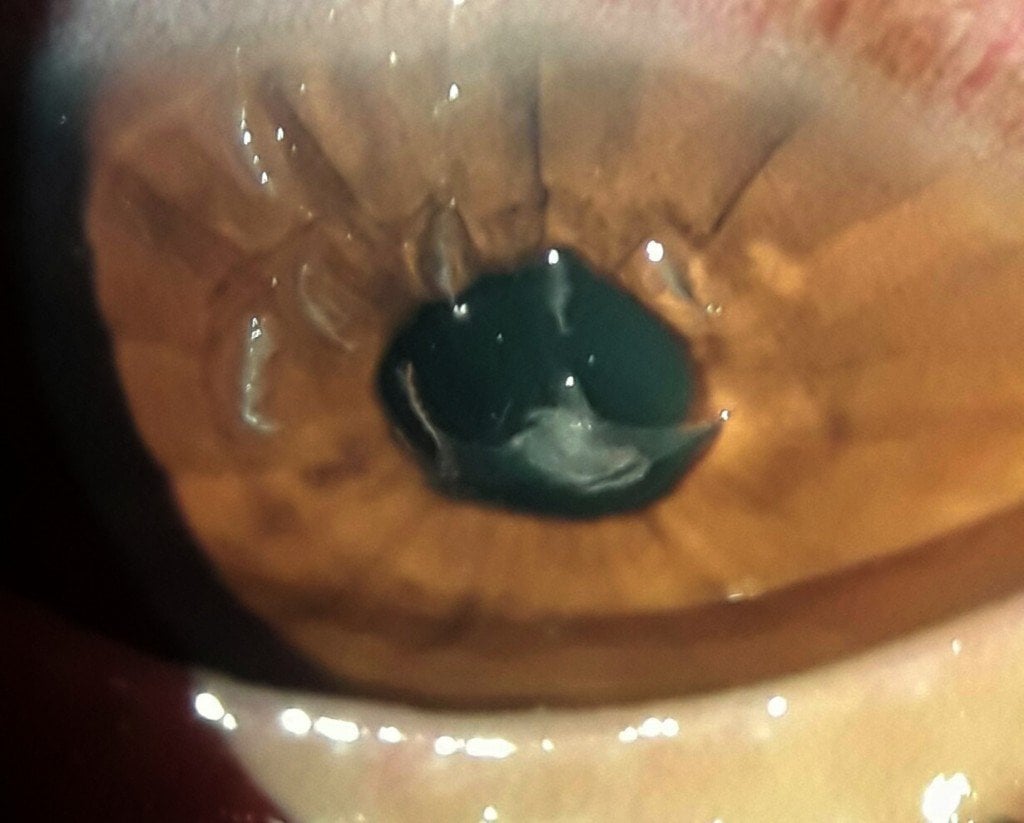
UV is the most damaging to the structures within the eye, especially if it is reflected off sand, snow, or water. The cells present within the cornea are known to blister and crack when exposed to UV light. The symptoms of this condition, known as photokeratitis, occur within hours of the occurrence of the damage to the cornea. The signs of this are excessive tearing, inflammation of the tissue surrounding the eye, and the feeling that your eyes have been rubbed on a rough surface. The reassuring part of this is that the symptoms are temporary and usually do not last more than 36 hours. The symptoms can also be avoided by wearing UV-protective eye gear.

More direct or extended exposure to the Sun can also cause damage to the retina, especially the macula. The macula is a tiny substructure present on the retina that is responsible for the majority of the detail in a person’s central vision. It is a known fact that the pupil contracts when a bright amount of light is shone directly onto the eye, but the amount of light entering the eye is still enough to concentrate on the macula tissue. Damaging this tissue can cause macular degeneration, which leads to permanent blindness in the central field of vision. You can relate this to the temporary blindness one experiences when a photography flash occurs, but imagine that temporary blindness being permanent!
Use Of Wearing Sunglasses
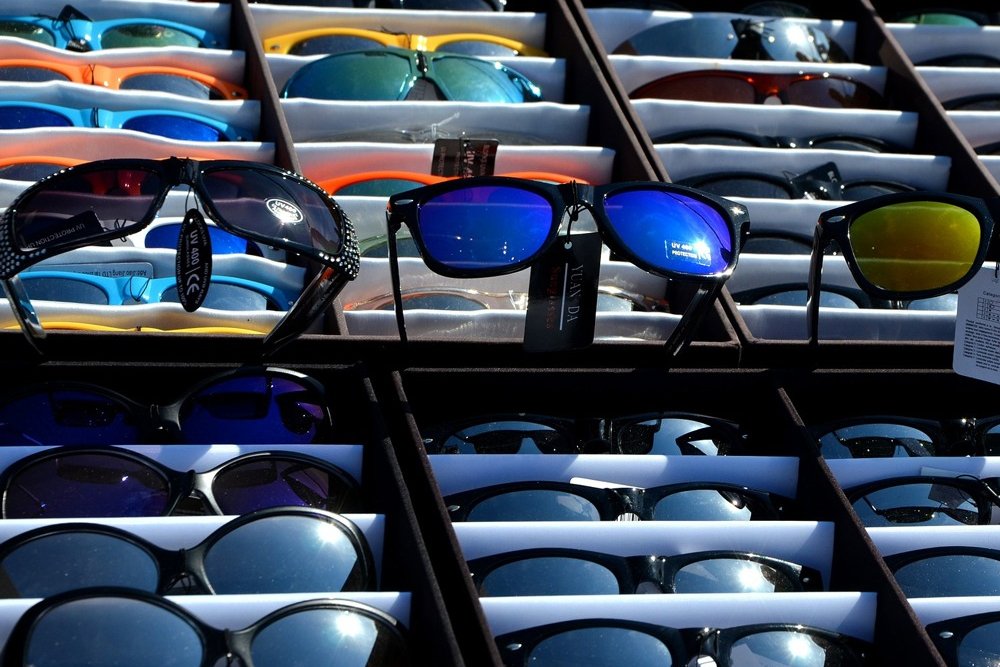
Good sunglasses can be referred to as extremely effective ‘light conditioners.’ They modify the incoming light that reaches your eyes. There are two fundamental ways that we see color. Direct light goes straight from the light source (e.g., the sun) to your eyes. Too much direct light can wash out the details of your surroundings and make it almost painful to try to focus your vision on any one thing. Reflected light, usually in the form of glare, is light that bounces off a reflective object before entering your eyes. Just like direct light, strong reflected light can make it difficult to perceive details or directly view an object. Snow, water, glass, and white sand are all excellent reflectors. The different tint colors serve the following purposes.
- Yellow or gold tints reduce the amount of blue light, while allowing a more significant percentage of other frequencies to pass through. Since blue light tends to bounce and scatter off many things, it can create a kind of glare known as blue haze. The yellow tint virtually eliminates the blue part of the spectrum.
- Amber and brownish tints are also good general-purpose tints. They have the added benefit of reducing glare and have molecules that absorb higher frequency colors, such as blue, in addition to UV rays. There has been significant research suggesting that near-UV light frequencies, such as blue and violet, can contribute to the formation of cataracts over time.
- Green tints on lenses filter some blue light and reduce glare. Because green tints offer the highest contrast and greatest visual acuity of any tint, they are very popular.
- Purple and rose tints offer the best contrast of objects against a green or blue background. This is why they are a good choice for hunting or water skiing.
Good sunglasses will have the unique property of eliminating UV rays, which cuts down on the direct light and eliminates or decreases the reflected light. Sunglasses, surprisingly, have a lot of stuff packed in them to protect your eyes. They will typically contain tinting, polarization, mirroring, scratch-resistant coating and anti-reflective coating.
Polarized filters are commonly made of a chemical film applied that is to a transparent plastic or glass surface. The chemical compound used will typically be composed of molecules that naturally align in parallel relation to one another. When applied uniformly to the lens, the molecules create a microscopic filter that absorbs any light matching their alignment. Photochromic lenses have millions of molecules of different substances, such as silver chloride or silver halide, embedded in them. The molecules are transparent to visible light in the absence of UV light, which is the normal makeup of artificial lighting. However, when exposed to UV rays in sunlight, the molecules undergo a chemical process that causes them to change shape. The new molecular structure absorbs portions of the visible light, causing the lenses to darken. The number of molecules that change shape varies with the intensity of the UV rays.

Reflective sunglasses often have a mirrored look that is called a half-silvered surface. The name “half-silvered” comes from the reflective molecules that coat the glass very sparsely; only about half the molecules needed to make the glass an opaque mirror are applied. At the molecular level, reflective molecules are speckled all over the glass in an even film, but only half of the lens is covered. The half-silvered surface will reflect about half the light that strikes the surface, while letting the other half go straight through. While glass is naturally scratch resistant, most plastics are not. To compensate for this, manufacturers have developed a variety of ways to apply optically clear hard films to the lens. Films are made of materials such as diamond-like carbon (DLC) and polycrystalline diamond. Through a process of ionization, a thin but extremely durable film is created on the surface of the lens.
The purpose of an anti-reflective (AR) element is similar to a scratch-resistant coating. The anti-reflective element is made of a material that has an index of refraction somewhere between air and glass, which causes the intensity of the light reflected from the inner surface and the light reflected from the outer surface of the film to be nearly equal. When applied in a thickness of roughly one-quarter of light’s wavelength, the two reflections from each side of the film cancel each other out through destructive interference, minimizing the glare that you see.
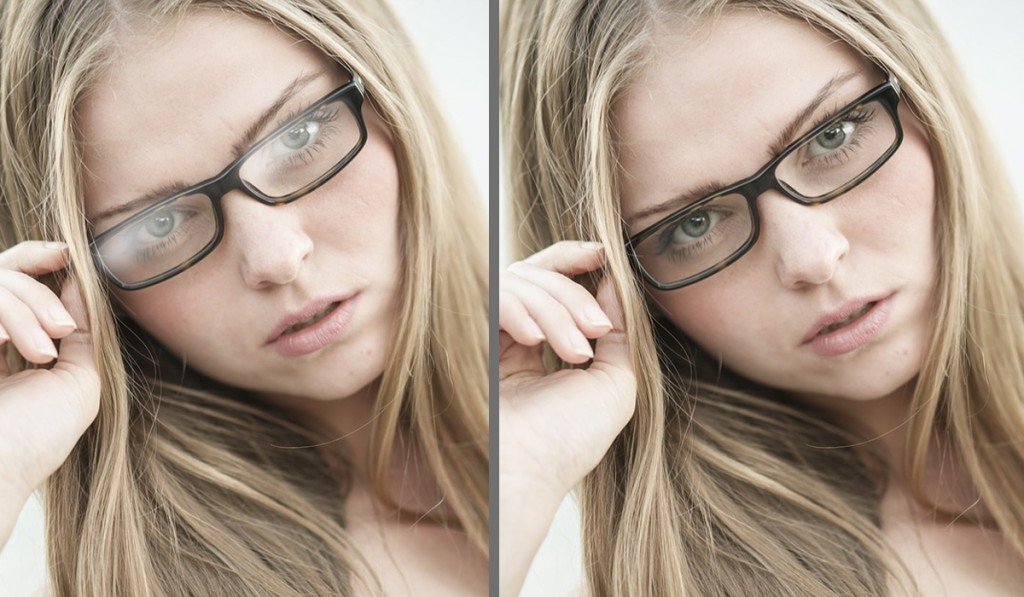
As you can see, those simple shades that you put on all summer are more complicated than “meets the eye”, and now you understand the amount of precise technology that goes into making almost every pair of sunglasses!








